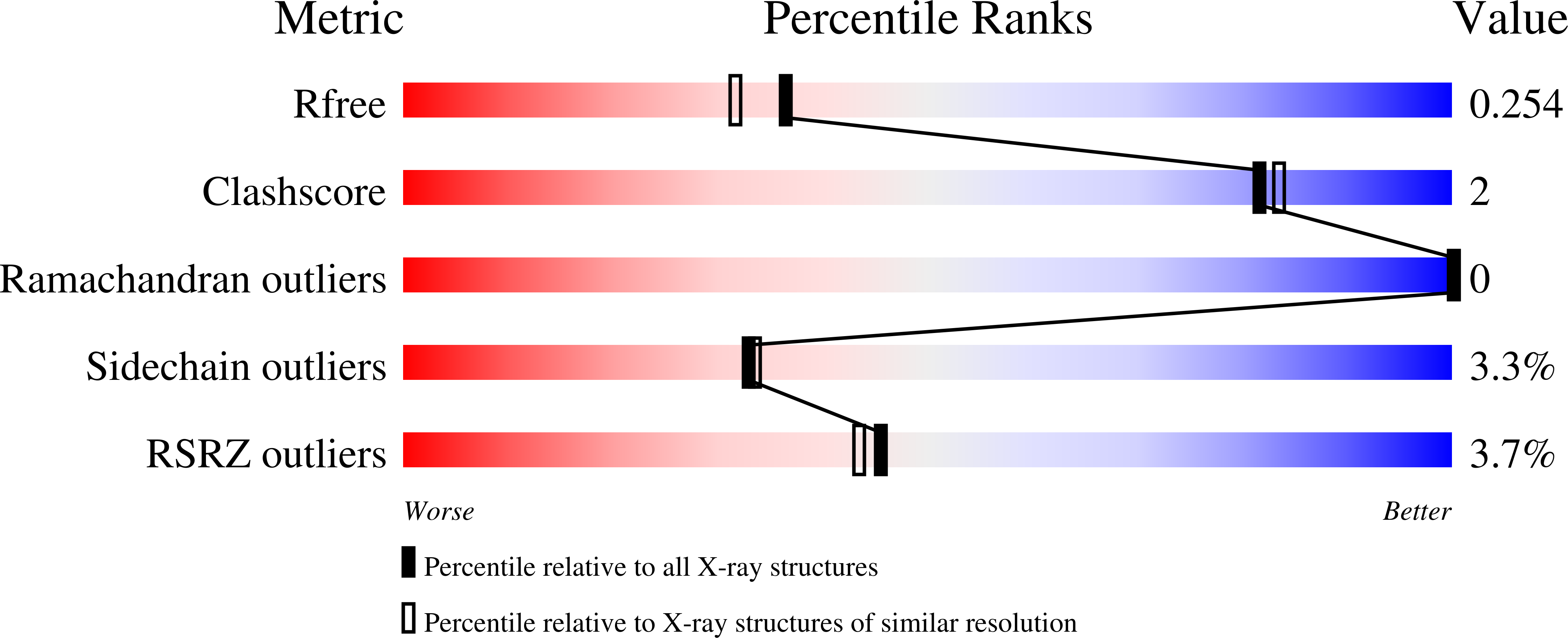
Deposition Date
2024-01-30
Release Date
2024-12-11
Last Version Date
2025-07-23
Method Details:
Experimental Method:
Resolution:
2.00 Å
R-Value Free:
0.24
R-Value Work:
0.20
R-Value Observed:
0.21
Space Group:
P 1 21 1


